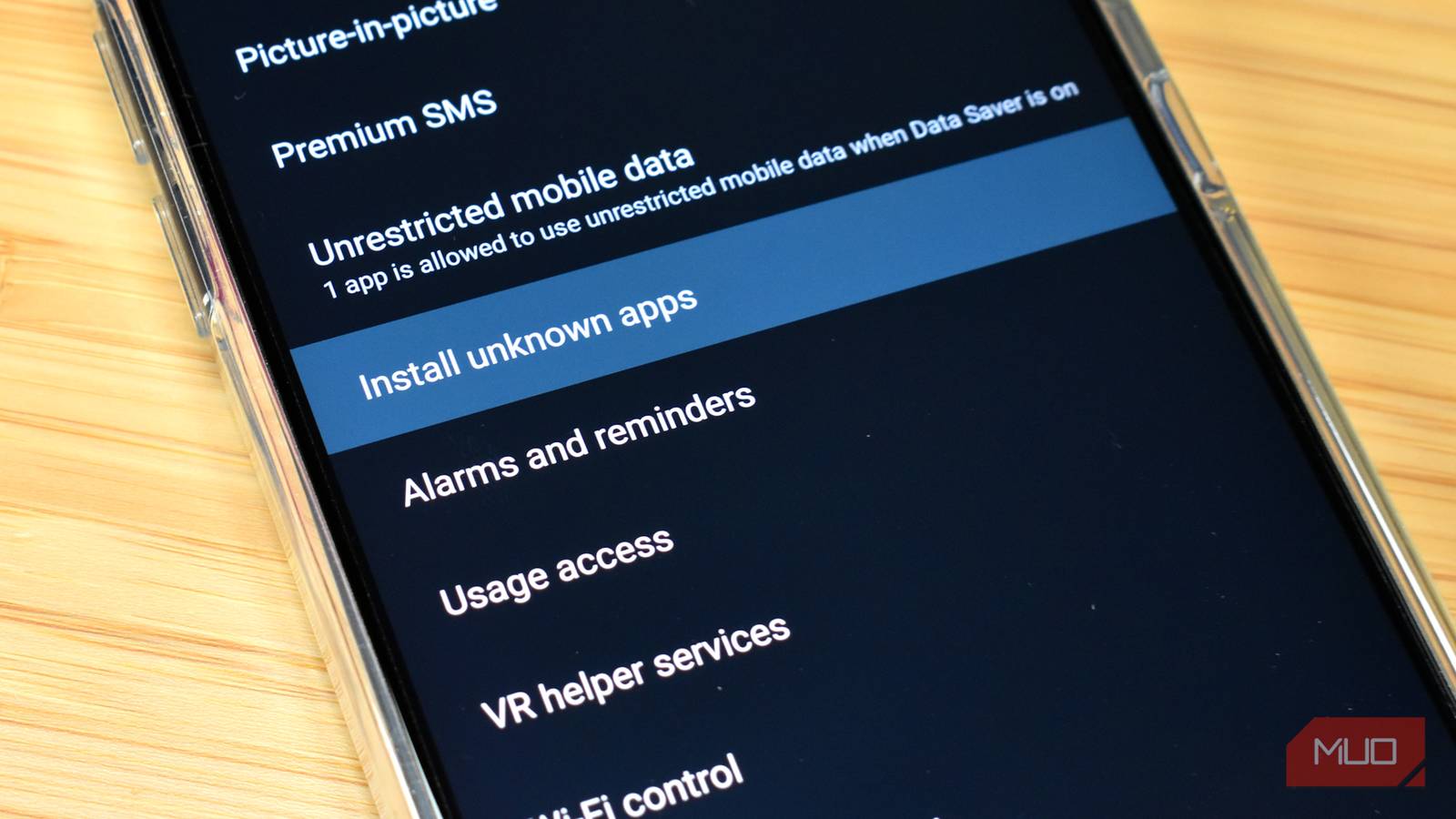Privacy isn’t a luxury, or even an upgrade. It’s a fundamental enabler that allows businesses and end users to engage with blockchain without fear or compromise.
We are hurtling towards an age of digital immersion, facilitated and accelerated by AI. Our identities, the services we access, our voting and interactions with the state, and almost everything else we do, will soon be mediated by technology.
We’re already well on the way to this future, and it has a lot to recommend it. Think 24/7 access, instant approvals, seamless processes, and never having to wait “three to five working days” for anything again.
RWAs will be a major catalyst for this future. Real world assets are already moving online and on-chain at scale. CBDCs are gaining traction, with the first examples already launched and many more in the pilot or R&D phases. Corporations like Amazon are collaborating with central banks in these trials, creating their own payment rails that will completely bypass commercial banks, in the same way that Skype bypassed existing telecoms infrastructure by popularizing VoIP. Arguably the first RWA application, ‘Stablecoins’, have become well established and, more recently, clearly regulated.
It’s an exciting but simultaneously dangerous future, because we know from experience how easy it can be to manipulate digital realities. Artificial intelligence (AI) is already playing a key role in this transition, but it is also being used to shape our online experiences and blur the lines between what is real and what is fake.
As AI becomes better and better at replicating the way humans look and sound, whether in conversations or video, we also need new ways to prove our identities. Real-time deepfakes mean that we can no longer trust our own eyes; “seeing is believing” is no longer the case. Truth itself is at stake if we don’t have a way to verify what is human and what is AI-generated.
Blockchain: The Solution, And A New Problem
Blockchain’s immutable record of transactions, underpinned by cryptographic guarantees and powerful, collective economic incentives, is the best solution we currently have to this problem of identity. Projects like Civic and Humanity Protocol have already made great strides in linking real-world identities to blockchain wallets, establishing proof-of-humanity and proof-of-provenance for transactions.
It’s therefore a logical step to believe that the software for our digitized future will run on blockchains. These open, public platforms avoid the need to trust any corporation, government, or other centralized party. Neither can they be shut down, even by the most influential entities, if they are built and secured correctly.
They are the only form of infrastructure that can guarantee the validity of the data we post to them, with our identities and interactions verified by the uncrackable private keys stored in our personal wallets. Blockchain will be the ultimate, tamper-proof source of truth.
But there’s a catch: transparency. We must have transparency, because without it there is no openness and decentralization. However, transparency is a double-edged sword. A source of truth is vital, but we also need privacy to hide that truth from those who would exploit it. After 16 years of blockchain, we know the scope of what those exploits look like: data harvesting, front-running and MEV attacks, spear-phishing, even physical attacks and kidnappings. Everything exposed is exploitable, meaning full transparency is a deal-breaker for Web3 adoption.
In the TradFi and Web2 world, these issues are avoided through centralization and opacity. Privacy is taken for granted in Web2, but it comes at the price of Trust (although providers have proven themselves to be incompetent at securing data). The right to privacy is well-established, and enshrined in international law. It follows then, that the same rights should be extended to blockchain users. In a digitized, AI-powered world, where key data is immutably held on the blockchain forever, we cannot settle for a second-best solution.
There are many billions of dollars sitting on the sidelines of Web3, because they need to ensure privacy and data security – and with them, the compliance that allows businesses to go all-in. Hundreds of thousands of companies and billions of their customers are waiting for the right solutions.
Privacy is therefore not an incremental improvement to blockchain: it’s a fundamental change that allows this set of technologies to fulfil their potential. We’ve seen such moments in technology before, and now, at last, it’s blockchain’s turn.
Privacy: The Gateway To Adoption
We know that the lack of privacy is the single biggest barrier to Web3 adoption. Solving this problem will be a tailwind bigger than digital asset ETFs, national crypto reserves, or Bitcoin hitting $1 million. It will be the fundamental enabler that turns the key for everything that Web3 ‘could be’, and everyone who benefits from using it.
Robust privacy that is fit for purpose is an essential foundation for standardized Web3 infrastructure. While TradFi assets are already being moved on-chain in their billions of dollars, growth in the RWA sector is hamstrung by the need for confidentiality. Standard Chartered recently projected that tokenized assets could become a $30 trillion market over the next decade – but major institutions agree that privacy has to come first.
We have seen similar moments many times before in the tech sector. Computers existed in the 1940s but the invention of the transistor allowed them to move on from the age of bulky, expensive, inefficient vacuum tubes. Within just a few years computers had become a hundred times faster and cheaper, leading to a new era of computing and exponential improvements in subsequent decades. GUIs opened up first desktop computers and then smartphones to a vastly wider audience. By the time Blackberry exited the smartphone market in 2016, it had sold 200 million devices. Today, Apple has sold around 2.5 billion iPhones.
Similarly, widespread use of fiber optic cables enabled download speeds between 1,000 and 100,000 times faster than dial-up, allowing the volume of data demanded by the modern internet. HTTPS, which guarantees our online security, is another example that opened up new use cases, including internet banking at scale.
All throughout history, human progress has been marked not just by technological innovations, but advances that make those innovations more available and accessible. Writing had existed for almost 2,000 years before the complex hieroglyphic and syllabic systems were supplanted by the invention of the alphabet, which anyone could in theory learn. Wrought iron production began around 2,000 BCE, but it was a labor-intensive process and it wasn’t until the invention of the puddling furnace in the 18th century that this key industrial material could be manufactured at scale.
It’s the same with Web3. Like writing or the beginning of the iron age, blockchain is a step-change – in this instance, in the way we manage information. But it requires another key advance, privacy, to make it accessible and useful to everyone.
Developers have been working on adding privacy to crypto almost since the sector’s beginnings. While various partial solutions have been created, it is only recently that the technology has been fast, flexible, and low-cost enough to be transformational at the consumer-level scale.
Blockchain’s 0 to 1 Moment
Blockchain has now existed for 16 years. It has been a meteoric rise, from its cypherpunk roots to the global phenomenon it has become today. For all that, we are at a watershed. Without the catalyst of seamless privacy, Web3 is doomed to be a kind of castle in the sky that sounds great in theory, but in practice simply doesn’t work. With privacy, it’s a different matter.
Just like the way that high-bandwidth fiber optic cables turned the internet into a global phenomenon, touch screens revolutionized smartphones, or the alphabet democratized writing, privacy allows Web3 to truly deliver on its promises. There is a sense of genuine excitement that we now have the ability to build on blockchain, with all its benefits, without being vulnerable to its Achilles Heel of unmitigated transparency. Today’s solutions allow both confidentiality and compliance, paving the way for regular internet users to come onboard at scale.
Into The Bold New Era Of Blockchain
Blockchain enables open, permissionless financial services of all kinds. Privacy gives users the freedom to interact with those services without fear, and builders the ability to innovate without compromise.










